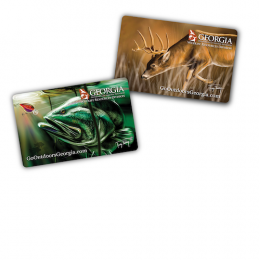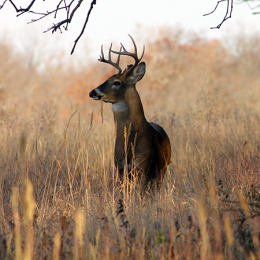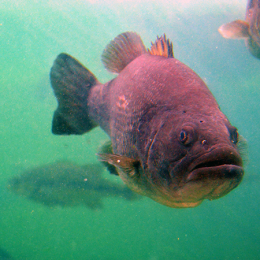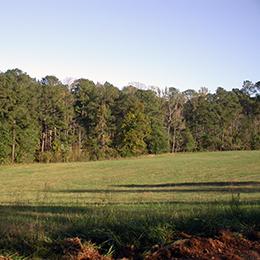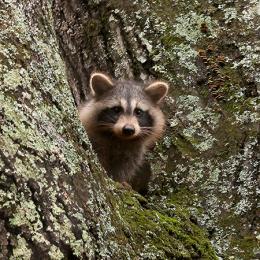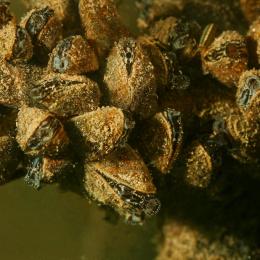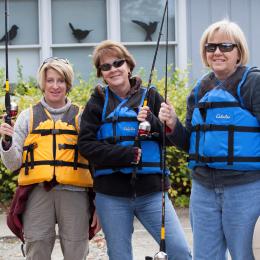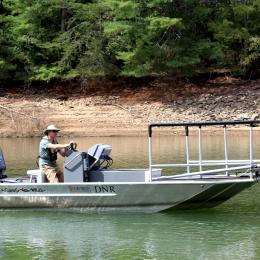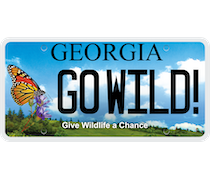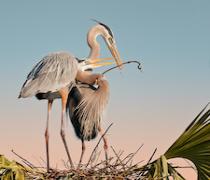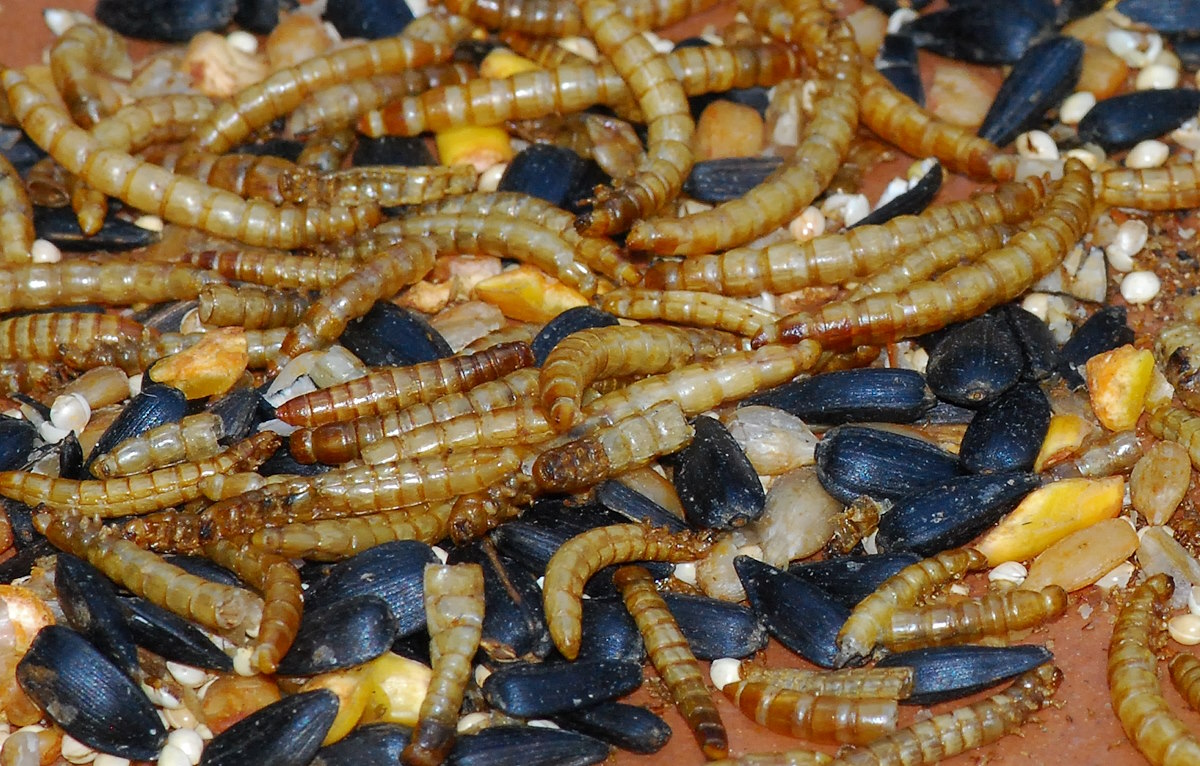
Mealworms (Terry W. Johnson)
By Terry W. Johnson
Mealworms are different things to different people. To an angler, they are a great bait to catch everything from trout to bass, panfish and even catfish. To wildlife rehabilitators, they are a great food for feeding injured and orphaned birds. To millions of people throughout the world, mealworms are an important source of protein.
And to those folks who share the hobby of feeding birds in their backyards, they are an ideal food that will attract a wide range of songbirds.
Who would have ever thought that the larvae of an insect known as the mealworm or darkling beetle (Tenebrio molitor), a pest that plagues grain storage facilities, would become the focal point of multimillion-dollar enterprises? For example, China alone produces and ships more than 260,000 tons of dried and live mealworms per year to foreign markets.
That being said, let’s take a quick look at the art of feeding mealworms to hungry wild birds.
Both live and dried mealworms are excellent sources of nutrition. Live mealworms contain 20 percent crude protein and 13 percent crude fat, while dried mealworms pack 53 percent protein and 28 percent fat. In comparison, black oil sunflower seeds are about 15 percent crude protein and 25 percent crude fat.
Most experts agree that live mealworms benefit birds more than those that are dried. However, while dried mealworms can be stored practically anywhere, live mealworms must be stored in airtight containers and refrigerated. In addition, the live worms need to be fed oatmeal or bran meal.
Live or dried, mealworms attract lots of birds, including species such as kinglets and yellow-rumped warblers that are not attracted to seeds. Many other backyard favorites also dine on mealworms. That list features bluebirds, white- and red-breasted nuthatches, purple martins, cardinals, Carolina wrens, American robins, gray catbirds, brown thrashers, mockingbirds, Carolina chickadees, and tufted titmice. Unfortunately, mealworms are also eaten by house sparrows and European starlings, introduced species considered as pests by most bird enthusiasts. It should come as no surprise to learn that another arch nemesis of backyard bird-feeding fans, the gray squirrel, also gobbles up mealworms.
You can buy mealworms at stores that specialize in birding supplies, as well as bait shops and, of course, online.
Mealworms can be fed in tray feeders and feeders designed specifically for the worms. For live mealworms, feeders should have sides that are at least 2 inches tall. This keeps the insects from crawling away. Some feeders are made of clear plastic and equipped with entrance holes to prevent large birds from quickly devouring the mealworms.
When I bought my first mealworm feeder and a supply of dried mealworms from The Bird Store in Macon, the proprietor, Tommy Willard, told me that some folks have great luck feeding mealworms, while others never seem to enjoy any success. Well, I quickly realized that I am a member of the latter group. As hard as I try, the birds simply ignore my mealworm offerings.
However, others have told me they have great success. In fact, Linda Guy, the retired manager of Big Lazer Creek Wildlife Management Area near Talbotton, has to buy 5 pounds of dried mealworms at a time in order to keep up the demand for them at her feeders.
One of the most interesting mealworm-related stories I have heard was told to me by a Macon resident. It seems that a friend asked her to “babysit” the friend’s bluebirds while she was on vacation. The person instructed her to, once a day, take a one of the plastic containers of mealworms stored in a refrigerator in the garage and scatter the contents in a wheelbarrow sitting in the yard. Then tap the side of the wheelbarrow with a trowel to let the birds know it was mealtime.
On the first day her friend was away, the woman emptied the mealworms into the wheelbarrow, tapped on the side of it with the trowel, and walked away. Within minutes, bluebirds seemed to appear out of nowhere and began swallowing the golden-colored mealworms. The woman told me she simply could not believe what she was seeing.
Until I unlock the secret of feeding mealworms, I guess I will never enjoy the sweet smell of success. But perhaps I should begin offering mealworms in a wheelbarrow. Now that I think about it, I just might give that a try.
If you try feeding mealworms to the birds in your backyard, I sincerely hope you are more successful than I have been so far!
Terry W. Johnson is a retired Georgia DNR program manager and executive director of The Environmental Resources Network, or TERN, the friends group of DNR’s Wildlife Conservation Section. Check out past columns, his Backyard Wildlife Connection blog and his book “A Journey of Discovery: Monroe County Outdoors.” Permission is required to reprint a column.






